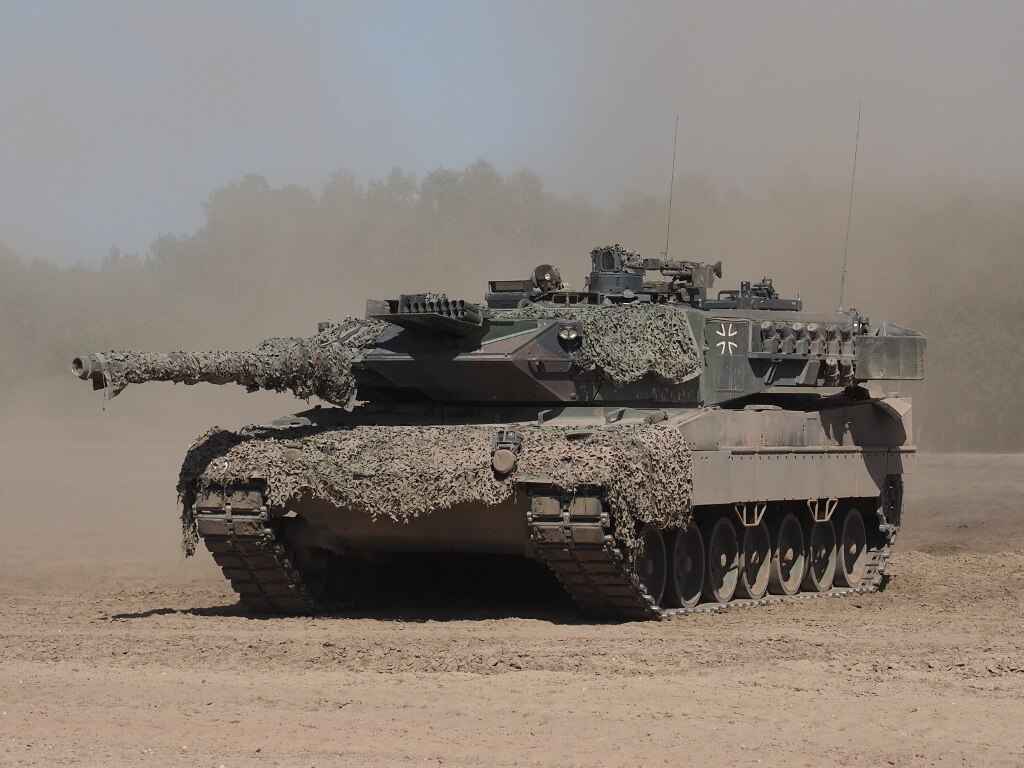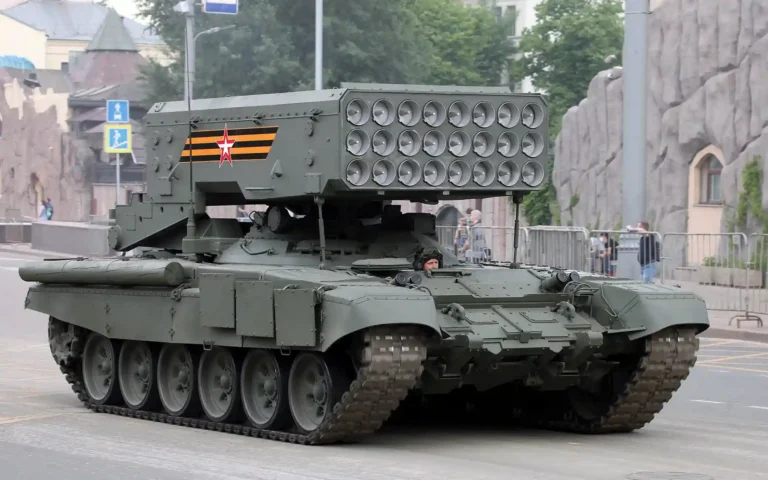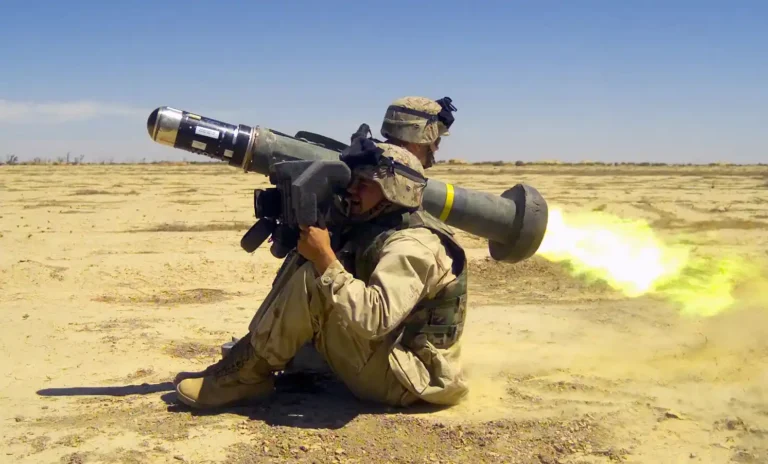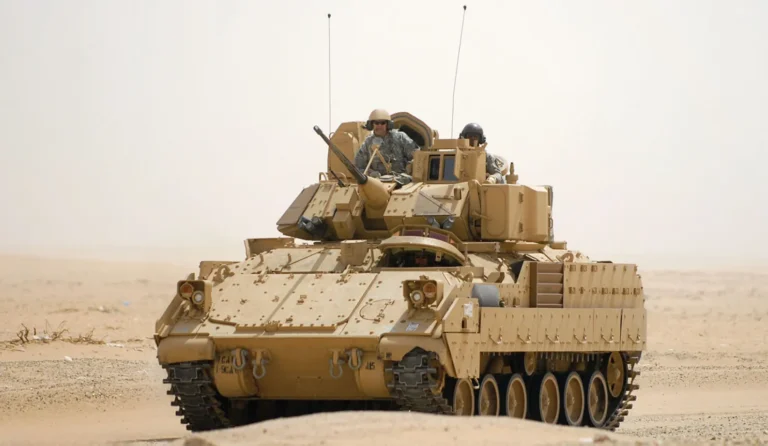Follow Us:
Share
Table of Contents:
DefenseFeeds.com – During an interview with Russia’s state television, President Vladimir Putin unveiled plans to reverse-engineer Western weapons captured in Ukraine. His primary goal is to uncover potential applications that might benefit Russia.
There’s considerable speculation, underscored by online footage, that the German Leopard tank might be the weapon in focus for these endeavors.
Historically, Russia has shown an inclination to study NATO-made weapons, which has led to international concerns. There have been allegations of Russia providing these captured weapons to nations like Iran and China for similar reverse-engineering purposes.
Claims, albeit unverified, have emerged suggesting that a Leopard tank was sent to Tehran, emphasizing Moscow’s strategy of cooperation.

Let’s delve deeper into the implications of such an act:
Short-Term Tactical Benefits
- Comprehensive Examination for Insights: Capturing a Western tank, like the Leopard 2, would allow Russia to conduct extensive tests to understand the tank’s strengths and potential weaknesses. This would enable Russia to gauge its capabilities in varied combat situations.
- Understanding Fire Control Systems and Target Acquisition: A deep dive into the tank’s fire control systems would give Russia an understanding of its target acquisition and tracking capabilities. With this knowledge, Russia could develop strategies to disrupt these systems or improve its own.
- Discovering Armor Vulnerabilities: Identifying weak spots in the Leopard tank’s armor could enable Russia to create ammunition designed to breach such defenses.
- Studying Acceleration and Mobility: Gaining knowledge about the tank’s mobility can aid Russia in devising strategies to neutralize or exploit the Leopard tank’s speed advantage in combat.
Long-Term Technological Insights
Capturing a Western tank might offer Russia incremental advancements for future designs. By closely examining the Leopard tank:
- Innovations in Armor Technology: Russia could learn about the materials used in the tank’s armor, potentially guiding enhancements in their armor technology. However, it’s worth noting that Russia may already possess technology comparable to the Leopard’s A6 variant.
- Integrating Superior Features: By identifying and subsequently incorporating the Leopard’s advanced features, Russia might achieve a competitive edge in future confrontations. This includes better armor protection, improved sensor capabilities, and advanced engine technology.
But, it’s crucial to recognize that these gains might be minimal, given the vast complexities in incorporating such advancements. The procedure involves significant testing, evaluation, and integration, making the immediate implications of such enhancements less noticeable.
Is the Endeavour Worthwhile?
While capturing and studying a Leopard 2 tank may offer Russia specific tactical and technological insights, its overall influence on their military strategy or the ongoing conflict might be insignificant.
Russia’s military mechanisms and strategies are rooted in extensive research and decades of development, making them unlikely to experience significant alterations from insights gathered from a single tank. Wars are intricate events where comprehensive planning, commanding strategies, and effective utilization of assets determine victory. In this context, tank technology remains a comparatively minor variable.
While acquiring a Leopard 2 tank could marginally benefit Russia in the short term, its broader impact on the conflict or Russia’s long-term military capabilities seems limited. The actual value of such endeavors may only become apparent in future confrontations or conjunction with other military advancements.
Share
Defense Feeds
Defense Feeds is publication focusing on informing, engaging, and empowering the world by providing accurate information from defense technology.
Powered by Defense Feeds © 2025 – All rights reserved.




